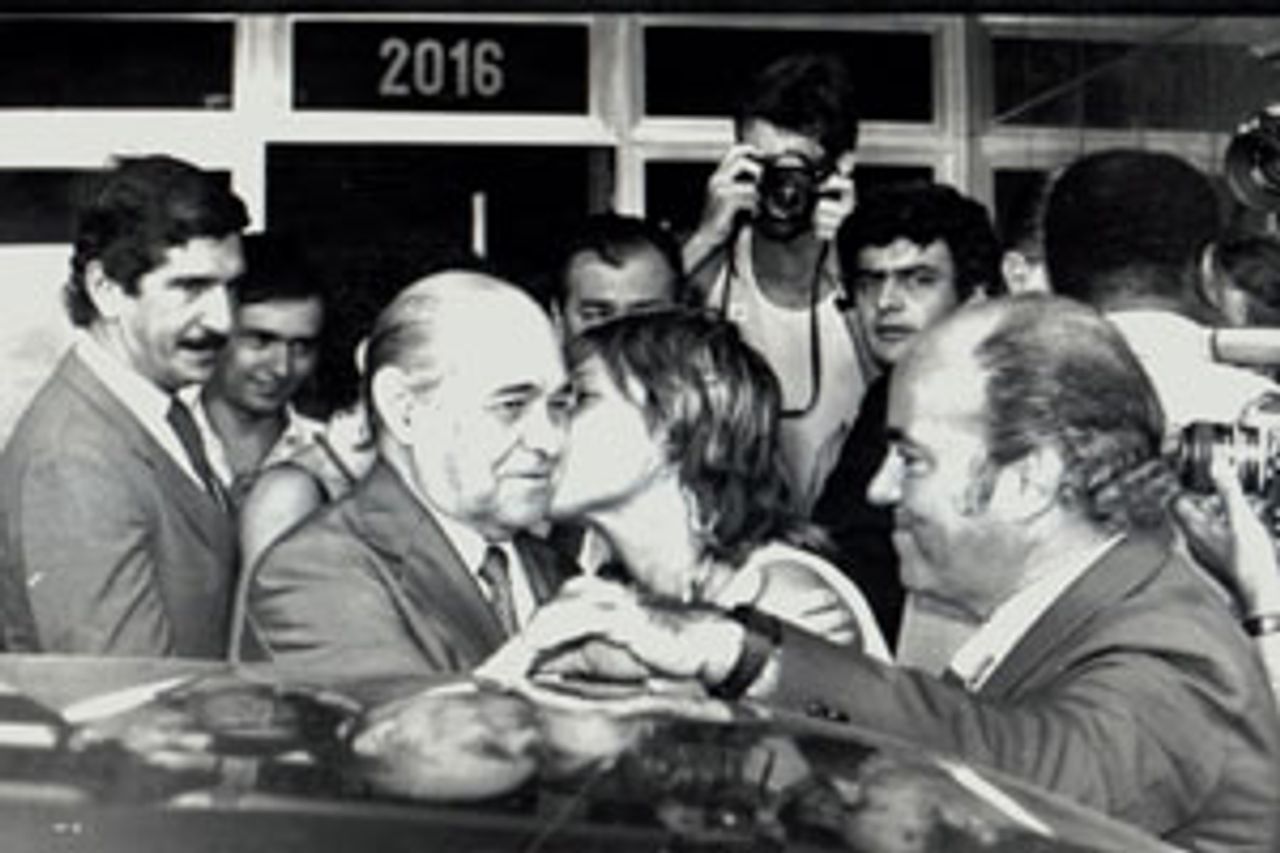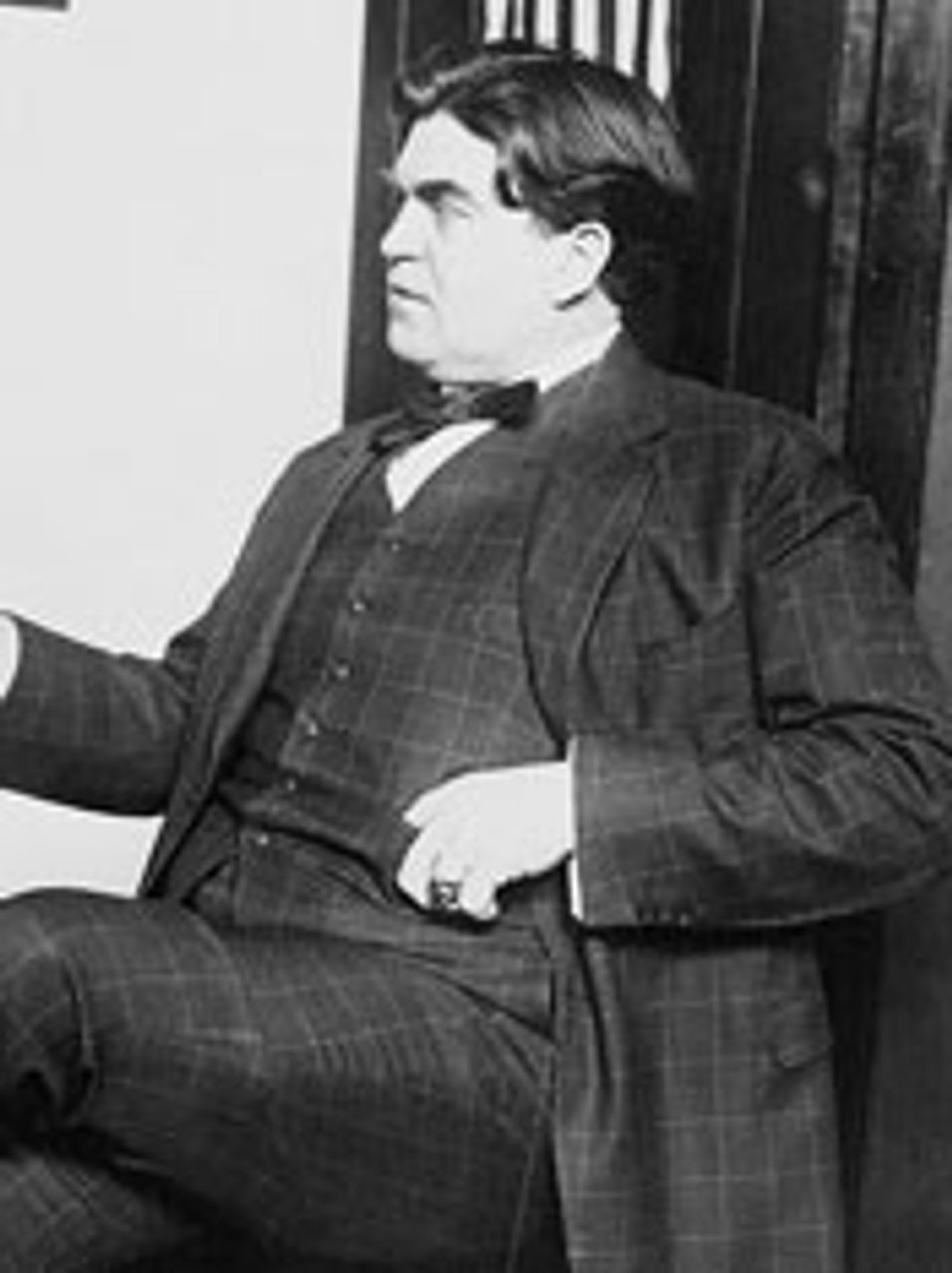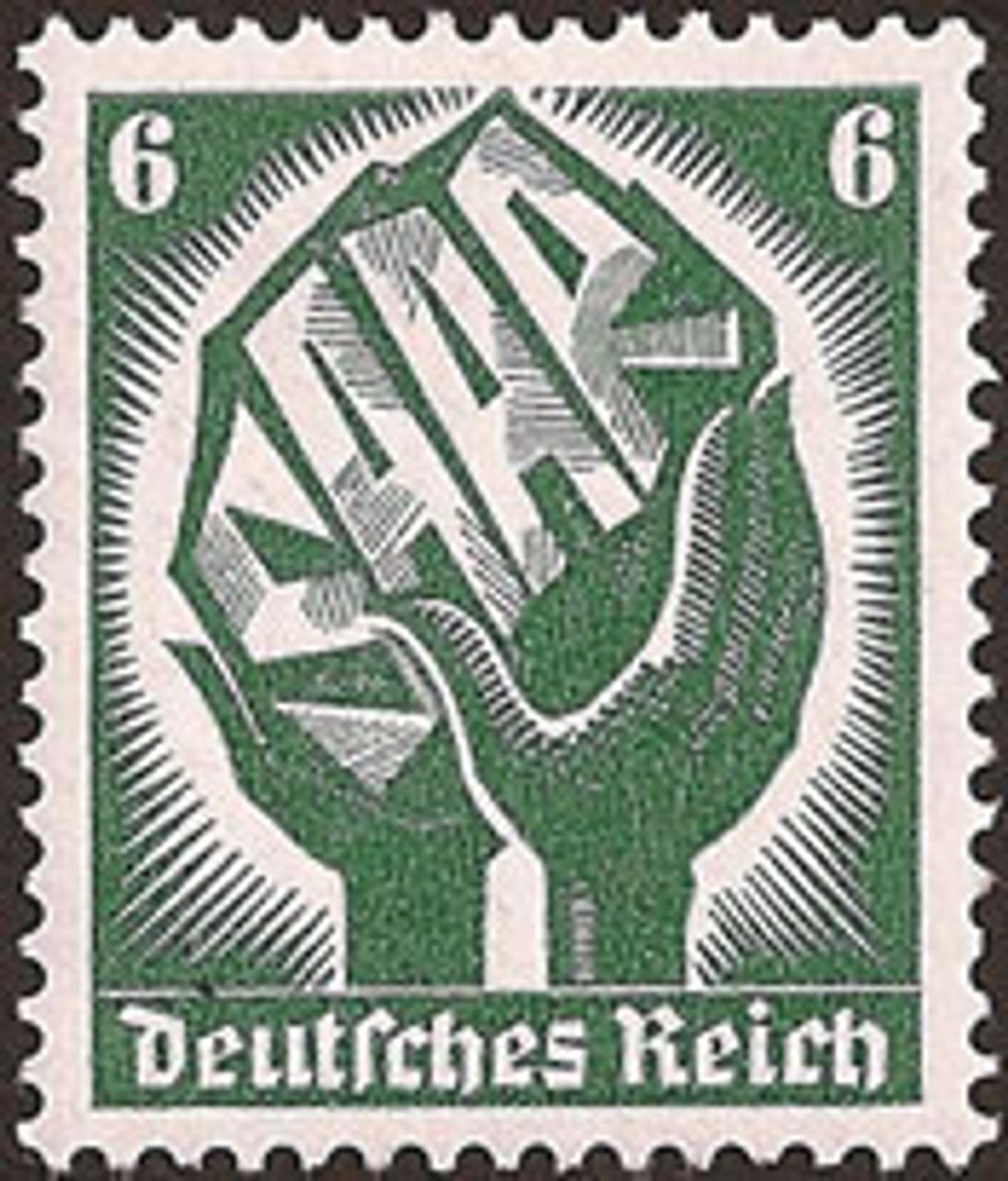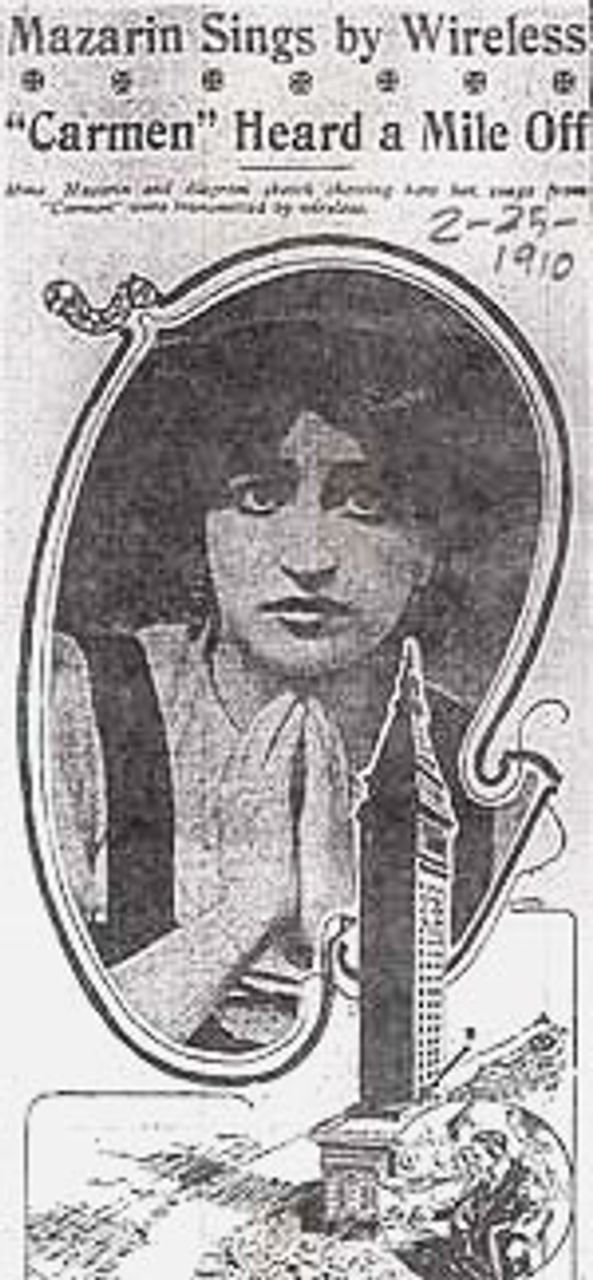This Week in History provides brief synopses of important historical events whose anniversaries fall this week.
25 Years Ago | 50 Years Ago | 75 Years Ago | 100 Years Ago
25 years ago: Formal end to Brazil’s military dictatorship
 Tancredo Neves greeted by supporters in 1984
Tancredo Neves greeted by supporters in 1984On January 15, 1985, Brazil's electoral college voted to install Tancredo Neves as president, bringing to a formal end 21 years of military dictatorship during which thousands of opponents of the regime were "disappeared," tortured, and killed.
Neves was an opposition candidate in name only. An establishment figure, he was strongly backed by Brazil’s ruling class, which had determined it was necessary to return the country to civilian rule in order to head off mounting working class opposition and to provide a democratic veneer to new austerity measures dictated by the International Monetary Fund (IMF) in order to reduce the nation’s staggering inflation rate, which was 223 percent in 1984.
The military itself had indicated in November it would support an opposition victory. Neves handily defeated the governing party’s candidate, Paulo Salim Maluf, and would replace General João Baptista Figueiredo, the fifth successive general to rule Brazil since the military seized power in a 1964 coup backed by Washington.
50 years ago: UMW head John L. Lewis resigns
 John L. Lewis in 1922
John L. Lewis in 1922John L. Lewis, who had been the dominating figure within the US coal mining union, the United Mine Workers (UMW), for more than forty years, resigned as union president on January 14.
Lewis’s UMW was for many decades the most powerful union in the US. On two occasions, coal miners defied no-strike orders from Washington—against President Woodrow Wilson in 1919 and 1920, and against President Franklin Roosevelt in 1943 in the midst of WWII. These and other strikes involved hundreds of thousands of miners across the nation’s vast bituminous and anthracite regions.
In the 1930s, the UMW played the decisive role in the formation of the Congress of Industrial Organizations (CIO), and millions of workers regarded Lewis as a symbol of militancy and looked to him for a political lead. In 1940, at the height of his influence, Lewis rejected the possibility of a labor candidacy against the election of Roosevelt to a third term, and came out in support of the Republican, Wendell Wilkie.
By the time of Lewis’s retirement the UMW was a much-weakened organization. Mechanization and the emergence of competing energy had devastated the coal towns of Appalachia, where unemployment was endemic.
Lewis played a critical role in this process, through his defense of the profit imperative. After 1919, the UMW never demanded the nationalization of the mines, and from the 1920s Lewis accepted that mechanization should lead to a contraction of the workforce. Lewis, the ultimate bureaucratic infighter, reserved his most severe blows for left wing opponents, at times revoking the charters of entire union regions and even employing violence. This led most infamously to the “mine wars” of Illinois in the 1920s, when Lewis sought to crush the Communist-led Progressive Mine Workers of America.
75 years ago: Plebiscite restores Saar to Nazi Germany
 German stamp announcing
German stamp announcingthe Saar plebiscite
On January 13, 1935, the population of the Saar, a former German territory placed under the jurisdiction of the League of Nations following World War I, voted to restore the province to the German state.
In accordance with the Treaty of Versailles, the Saar was occupied and governed by Britain and France for a period of 15 years, beginning in 1920. The arrangement called for a plebiscite to be held in 1935 deciding whether the territory should then remain under the control of the League of Nations, become a part of France, or be returned to Germany. Ninety percent of the Saar’s population voted for reunification with Germany. Hitler immediately launched an assault against anti-Nazi opponents who had gathered in the territory upon his rise to power in 1933.
As Trotsky explained in Whither France?, “The working masses voted for Hitler because they saw no other road. The parties which for decades had aroused and organised them in the name of Socialism, deceived and betrayed them.... If the flag of the socialist revolution had been raised higher in France, the Saar proletariat would have turned its eyes to the West and would have put class solidarity above national solidarity.”
Rejecting the nationalist slogan of “Back to Germany” with which the German Communist Party was propagandizing in the Saar prior to the plebiscite, opening the door still further for Hitler’s claims on the territory, the Trotskyist movement, then organized in the International Communist League, called for a vote of “status quo” in order to keep the Saar under the control of the League of Nations as a measure of defense against the fascist terror of the Nazis.
100 years ago: First radio broadcast from New York’s Metropolitan Opera House
 A New York Times
A New York Timesadvertisement for an
opera broadcast, 1910
On January 13, 1910, what is believed to be the first-ever public radio transmission took place from the Metropolitan Opera House in New York City. The performances of several opera singers, including the legendary Italian tenor Enrico Caruso, were transmitted at 500 watts of power to receivers on ships in New York Harbor and hotels in Times Square. Lee De Forest’s Radio Telephone Company sold the first commercial radios for the event. Sound quality was, unsurprisingly, poor.
While radio transmissions had been performed for several years, these had generally been conducted among inventors, technicians, and hobbyists, and were not aimed to a public audience. Radio technology had been developed over the preceding decades; radio’s “inventor” remains a subject of dispute. But its development was ultimately dependent upon major breakthroughs in physics, most notably the work of James Clerk Maxwell on electromagnetism.
Broadcast in New York City that night were the oft-paired operas Pagliacci and Cavalleria Rustica. Caruso performed the role of Canio in the former, while in the latter, well-known opera singers Riccardo Martin played Turridu, and Emmy Destinn performed as Santuzza. (Hear an early recording of Enrico Caruso singing from Pagliacci)
